(NLDO) - New images from the James Webb super telescope have disproved current theories about planet formation in the early universe.
Thanks to its extremely high sensitivity and sharp resolution, the James Webb Space Telescope - developed and operated by NASA - has just solved a mystery that has puzzled cosmologists for more than two decades.
That's how the first planets came into being, a milestone in the history of the universe.
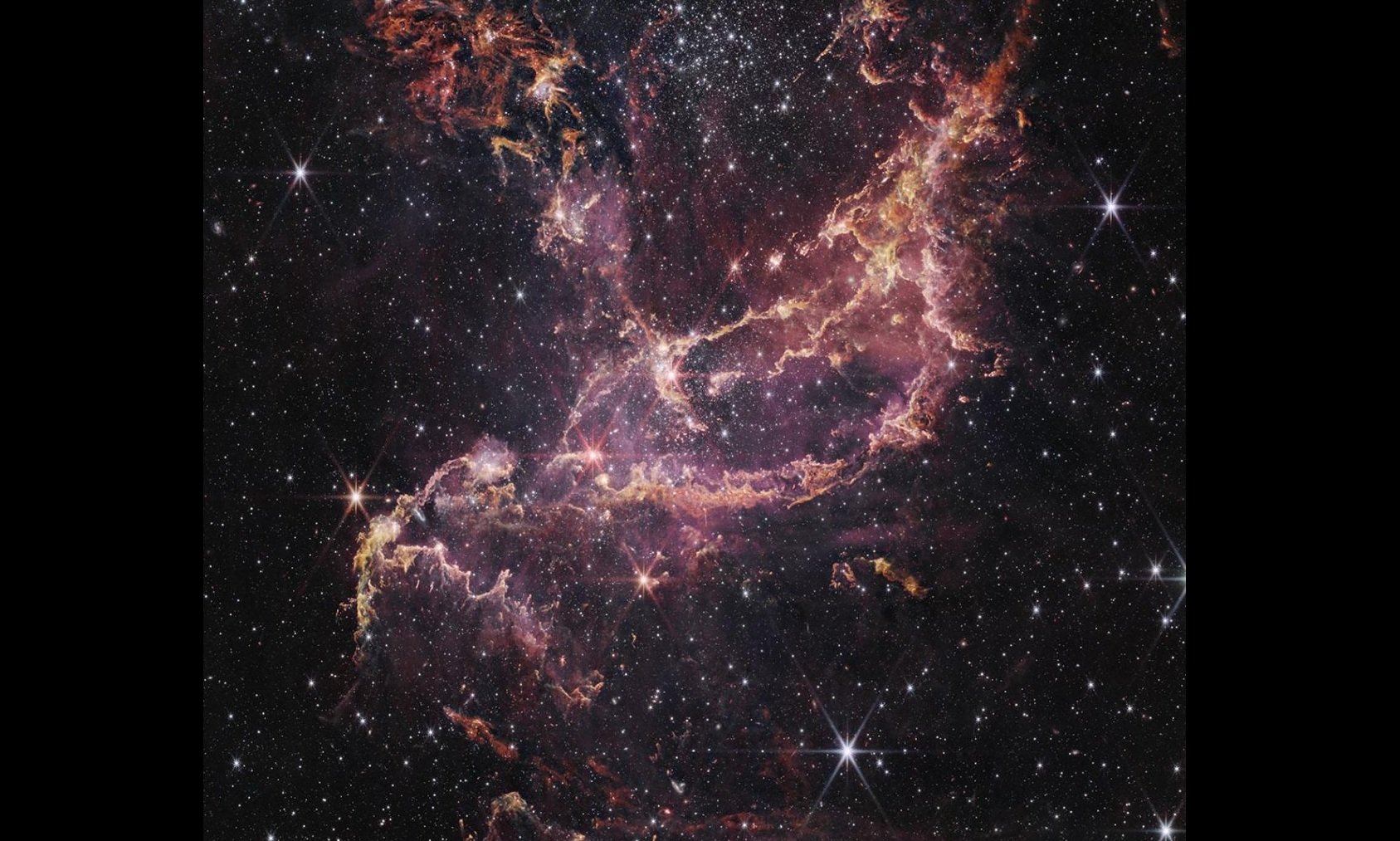
"Stellar nursery" NGC 346, where two space telescopes made discoveries that helped rewrite the history of the universe - Photo: NASA/ESA/CSA
In 2003, the Hubble Space Telescope made a discovery that puzzled scientists around the world: Signs of a giant planet orbiting an ancient star, nearly as old as the universe itself, 13.8 billion years old.
Models built on long-standing theories suggest that very ancient stars, despite having protoplanetary disks, are chemically very poor.
This disk would disappear quickly, providing neither the ingredients nor the time for planets to form.
But Hubble has found evidence of a stubborn protoplanetary disk that can exist around stars that are 20-30 million years old, about 10 times older than the protoplanetary disks of modern stars.
That would give the disk enough time to "feed" the planets.
Many people believed that Hubble was wrong. But James Webb has just confirmed that Hubble was right.
Inside the "stellar nursery" NGC 346, a star-forming region within the Small Magellanic Cloud - a satellite galaxy of Earth's Milky Way galaxy - conditions resemble those of the early universe, where heavy elements were scarce.
James Webb revealed that not just one, but several stars here still carry disks that are much older than those of the stars inside the Milky Way. They are 20-30 million years old, but still accreting.
" data-gt-translate-attributes="[{" attribute="" tabindex="0" role="link">This surprising discovery challenges existing theories about how and when planets might form.
“We have to rethink how we model planet formation; as well as the early evolution of the young universe,” said study leader Guido De Marchi from the European Space Research and Technology Center (Netherlands).
This finding refutes previous theoretical predictions that when there are very few heavier elements in the gas surrounding the disk, the star will blow the disk away very quickly.
The researchers explain that there may be two separate mechanisms, or even a combination, to create the "stubborn" protoplanetary disk.
One is that the poor composition of NGC 346 itself causes a star to take longer to disperse its disk.
Second, the gas clouds in which stars were born in the early universe were larger than they are now, creating larger, slower-dissipating protoplanetary disks.
But whatever the reason, this research, just published in The Astrophysical Journal, suggests that models of the early universe need to be adjusted.
Source: https://nld.com.vn/xuat-hien-chiec-noi-hanh-tinh-viet-lai-lich-su-vu-tru-196241230114124711.htm






![[Photo] Prime Minister Pham Minh Chinh chairs the meeting of the Government Party Committee Standing Committee](https://vstatic.vietnam.vn/vietnam/resource/IMAGE/2025/8/23/8e94aa3d26424d1ab1528c3e4bbacc45)

![[Photo] General Secretary To Lam attends the 80th Anniversary of the Cultural Sector's Traditional Day](https://vstatic.vietnam.vn/vietnam/resource/IMAGE/2025/8/23/7a88e6b58502490aa153adf8f0eec2b2)


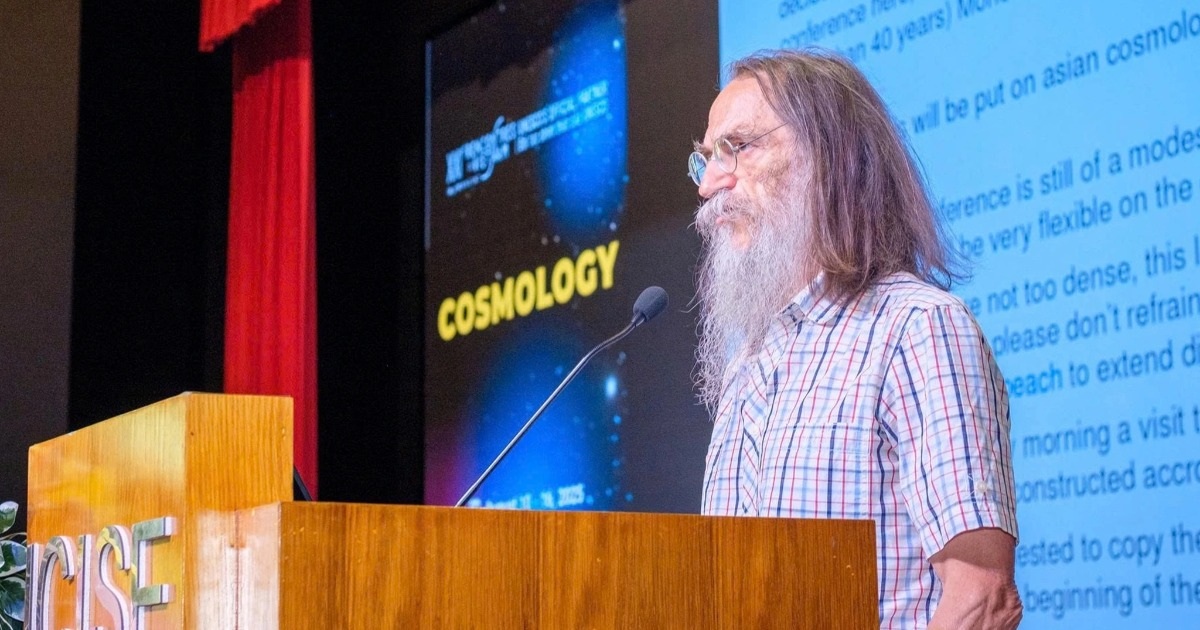

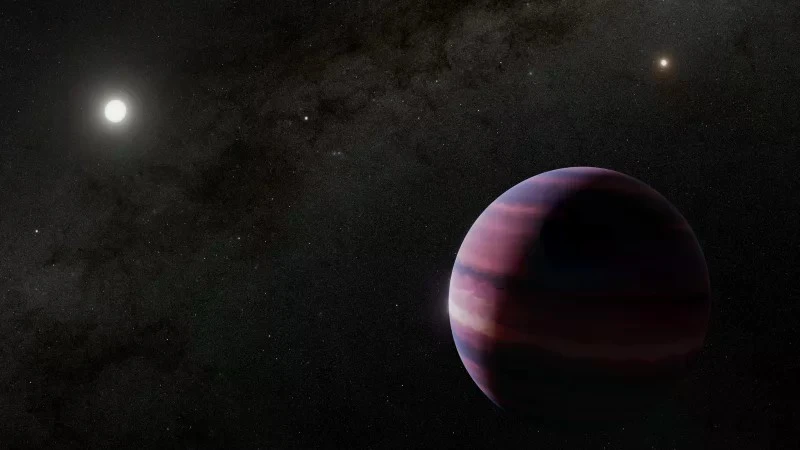



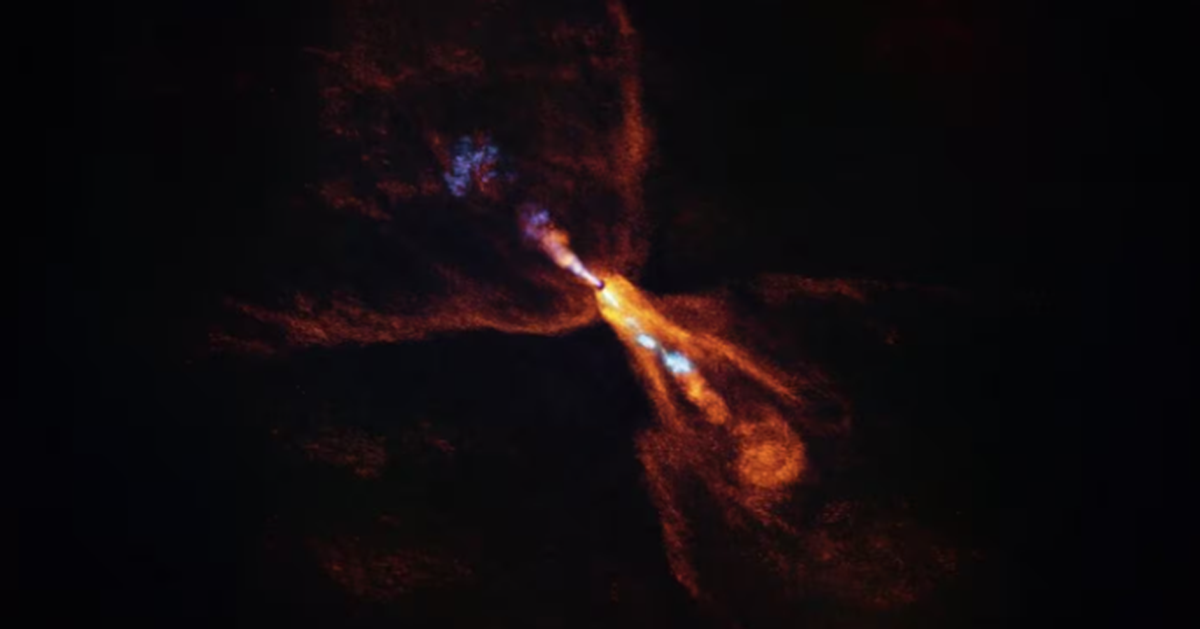
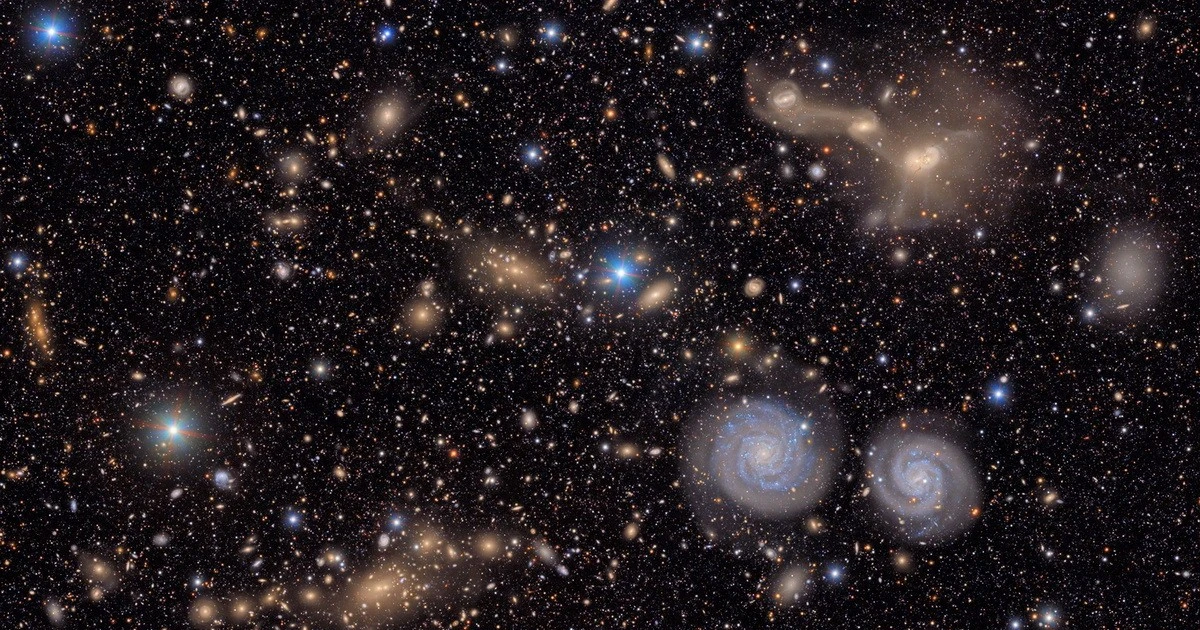



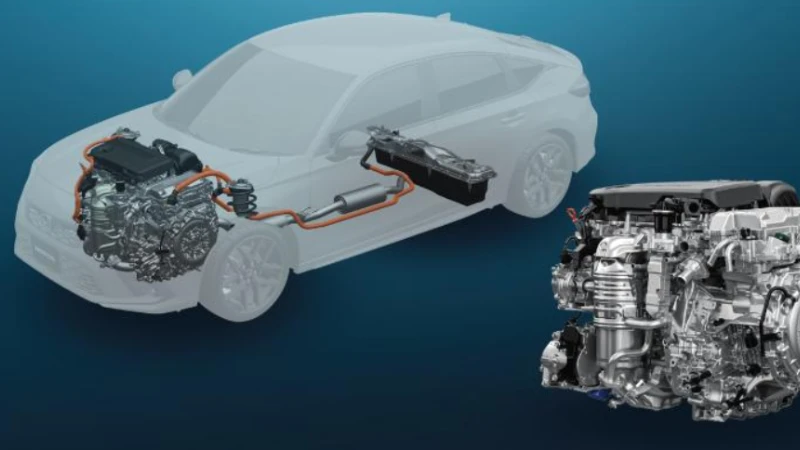


















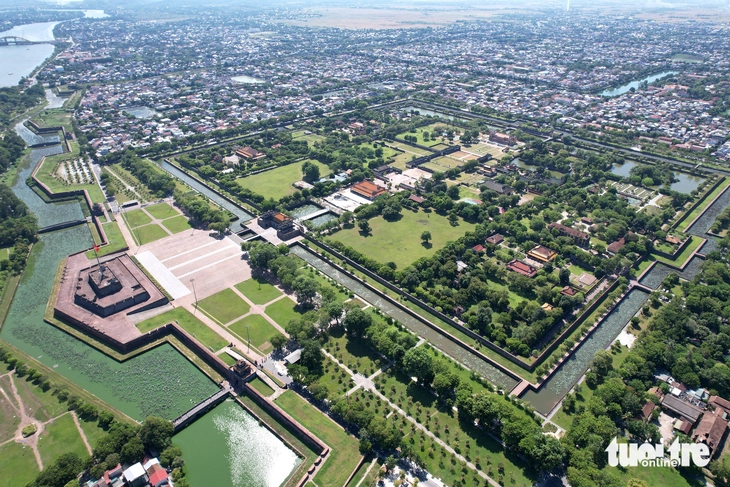








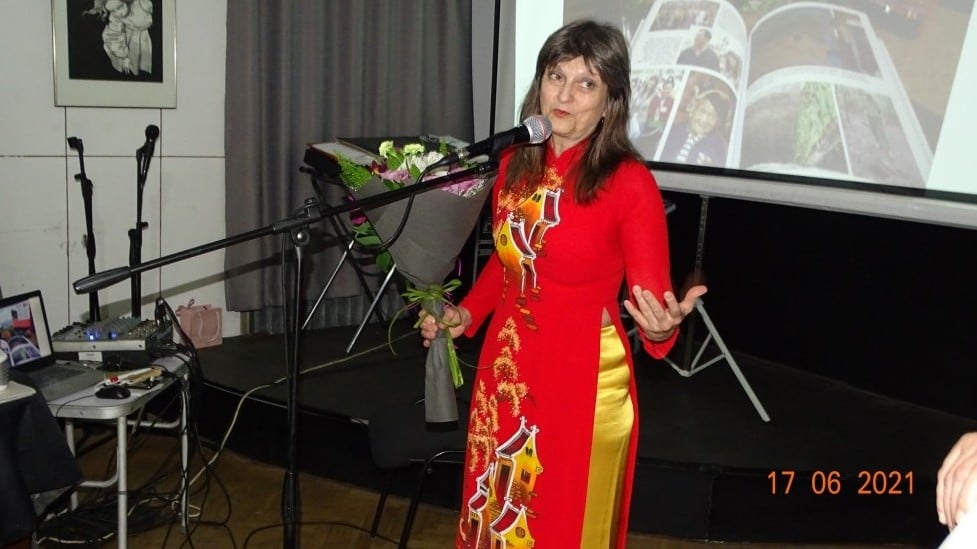




















































Comment (0)